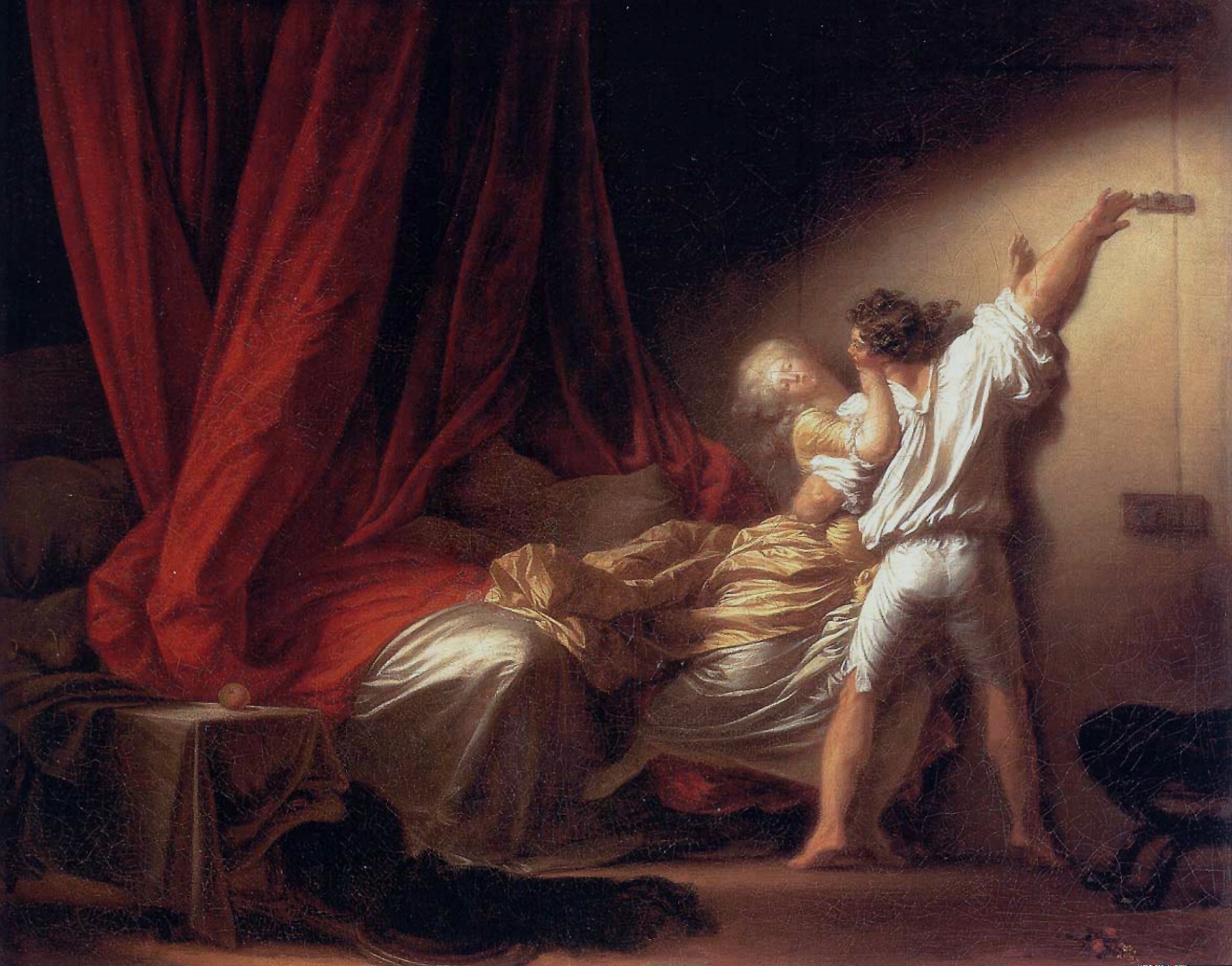France’s cultural history is deeply intertwined with the ideals of love and passion, and no movement embodies
this connection more than French Romanticism. Born in the late 18th and early 19th centuries, this artistic,
literary, and philosophical movement transformed the way love, emotion, and individualism were perceived. French
Romanticism’s impact has reverberated across the world, shaping literature, art, and even modern notions of
romance.
 Image courtesy of the Musée du Louvre
Image courtesy of the Musée du Louvre
1. The Roots of French Romanticism
French Romanticism emerged as a response to the Enlightenment's emphasis on reason and the Neoclassical focus on
order and restraint. Instead, Romanticism celebrated emotion, imagination, and individual experience.
Key Philosophical Ideas:
- The pursuit of personal passion as a vital part of life.
- A focus on nature as a mirror of human emotions.
- The belief in love as a transcendent and transformative force.
French thinkers, writers, and artists embraced these ideals, crafting works that elevated romance and human
emotion to unparalleled heights.
2. Literary Icons of French Romanticism
French Romantic writers explored themes of love, longing, and tragedy, creating works that continue to influence
global literature.
- Victor Hugo:
- In Les Misérables and The Hunchback of Notre-Dame, Hugo portrayed love as both redemptive and
heartbreaking, set
against the backdrop of grand societal struggles.
- His characters—like the doomed lovers Quasimodo and Esmeralda—emphasized the power and vulnerability
of love.
- George Sand:
- Known for her daring exploration of love and individual freedom, Sand’s works like Indiana
challenged traditional
gender roles and celebrated the complexity of romantic relationships.
- Alphonse de Lamartine:
- A pioneer of Romantic poetry, Lamartine’s work, such as The Lake, expressed the beauty of fleeting
love and the
melancholy of loss, resonating deeply with readers across borders.
3. Artistic Expressions of Love
French Romanticism wasn’t confined to literature—it flourished in visual arts as well, leaving a legacy of
evocative imagery that continues to inspire.
- Eugène Delacroix:
- Delacroix’s paintings, such as The Death of Sardanapalus, captured dramatic and emotional moments,
often infused with themes of love, passion, and sacrifice.
- His use of vibrant color and dynamic composition influenced generations of artists worldwide.
- François Gérard:
- Renowned for his romantic portraits, Gérard’s works celebrated the beauty and individuality of his
subjects, often capturing their intimate emotional states.
French Romantic art often used love as its central theme, inspiring movements like the Pre-Raphaelites in
England and the Hudson River School in America, which drew on the Romantic connection between emotion and
nature.
4. Romanticism in French Philosophy
Romantic ideals found fertile ground in French philosophy, which explored the nature of love and human
connection.
- Jean-Jacques Rousseau:
- Although predating the Romantic era, Rousseau’s ideas in Julie, or the New Heloise foreshadowed its
themes by championing emotional authenticity and the natural expression of love.
- Charles Baudelaire:
- The poet and essayist infused Romanticism with modernity in works like The Flowers of Evil, blending
sensuality, melancholy, and existential longing.
These thinkers challenged conventional views of love, inspiring movements like existentialism, which also
grapples with the profound meaning of relationships.
5. Global Impact of French Romanticism
The ideals of French Romanticism traveled far beyond its borders, shaping art, literature, and culture
worldwide.
- In Literature:
- Russian authors like Fyodor Dostoevsky and Leo Tolstoy adopted Romantic themes of human passion and
moral struggle.
- In the United States, Edgar Allan Poe’s dark Romanticism reflected the emotional intensity pioneered
by French writers.
- In Art:
- Romanticism influenced movements like Impressionism, which emerged in France and spread globally,
emphasizing emotion and the ephemeral beauty of life.
- In Film and Media:
- Romantic films, from sweeping historical dramas to modern rom-coms, often echo French Romantic
ideals of love as transformative and deeply personal.
- In Everyday Life:
- The notion of a grand, sweeping romance—characterized by emotional depth, passion, and
sacrifice—remains central to how love is depicted in modern culture.
6. French Romanticism and Modern Romance
The legacy of French Romanticism continues to shape contemporary ideas of love. Romantic gestures, such as
handwritten letters, serenades, and dramatic declarations of love, owe their roots to this movement. Even modern
dating norms—such as the idea of a soulmate or “the one”—reflect Romantic ideals of transcendent love.
Conclusion: A Legacy of Love
French Romanticism reshaped the way the world views love, transforming it into a profound and poetic force that
transcends logic and societal constraints. From the timeless works of Victor Hugo to the vibrant paintings of
Eugène Delacroix, French Romanticism offers a universal language of passion and beauty that continues to inspire
and captivate.
In every heartfelt novel, evocative painting, or grand romantic gesture, we see echoes of this French movement,
proving that the ideals of Romanticism are as relevant today as they were two centuries ago.
Would you like to explore specific works of Romanticism in greater detail or discuss how this movement
influenced a particular region?